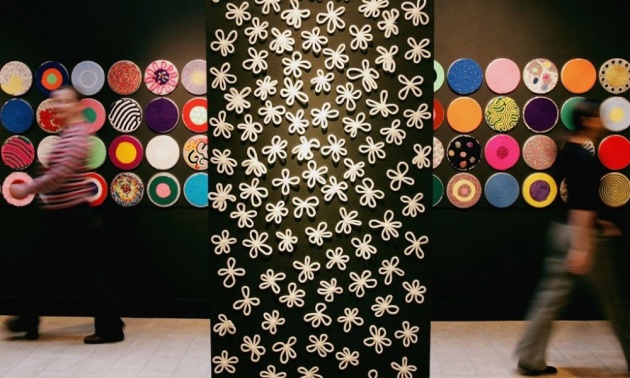I’ll confess from the outset to being a great fan of making something from scratch. From my early years as a textile student when I had to learn how to thread the loom before I could get weaving and how to make a pattern repeat nicely if I wanted to print off a length of fabric, I began to appreciate how ideas became form when skill is combined with equipment and materials.
According to the BBC’s Get Creative campaign, 10 million people take part in some kind of crafts and creativity every week. Platforms such as online marketplace Etsy have responded to the huge enthusiasm for hand-making and to the public’s desire to own authentic products. The most recent figures from the Crafts Council also estimate that (while they are largely micro businesses) the UK’s craftmakers turn over £457m annually, contributing £220m to the country’s economy.
The good news doesn’t stop there; according to my own calculations, close to half of all students who choose to study art and design at higher education opt for craft-based subjects, indicating the importance young people nowadays are attaching to learning to use traditional materials and techniques within otherwise digital lives.
So where can I experience some of this contemporary craft for myself? Last month I went to Sunderland’s National Glass Centre where, alongside the daily glass-blowing demos, the gallery hosted Magdalene Odundo’s installation, Transition II – an outcome of her residency. Formed of 1,000 glass-blown suspended elements made on-site, I was told the installation has been so popular with visitors that the show’s run had to be extended.
“Want to learn about dry stone walling? Join John Hepworth 11am–5pm until Saturday, but wear sensible clothing!” tweeted Modern Art Oxford in January. Intrigued, I had to investigate, albeit this time from a distance. The contemporary art space declared this, and other workshops in a series run by makers and designers living and working in the area, as surprisingly popular. It’s pleasing to see they had brought in different kinds of audience and that the gallery had given support to artists’ businesses locally too.
I would hope this seemingly unexpected result will have some impact on the gallery’s future choices within mainstream exhibition programming. I’m wondering, though, how many of the current crop of gallery curators see working with contemporary makers and exploring craft themes as a good career move.



